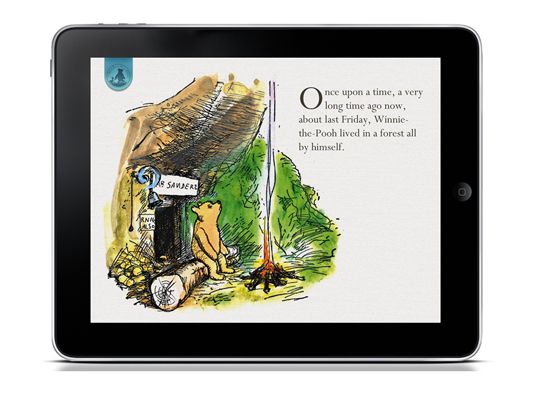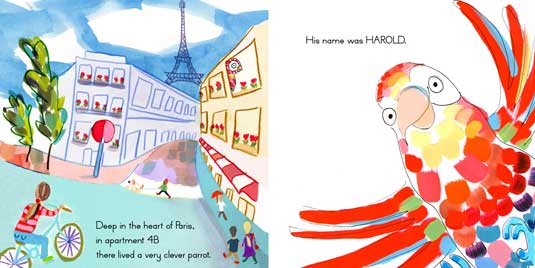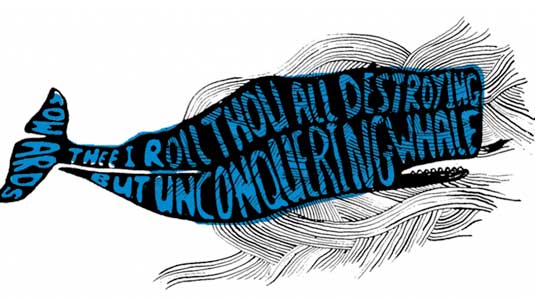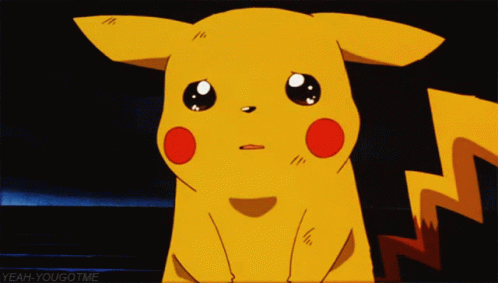Should illustrators follow trends?
Illustrator, author and lecturer Anna Wray ponders the thorny issue of whether creative professionals should be following trends or setting them.
You know the story. You see an interesting illustration of an owl on a blog one day. Then you see something pretty similar on a Tee, then on wrapping paper, then on a greeting card.
Then you see a middlebrow TV presenter crafting her own 'felt owl purse'... and you know it's all over. You thought it was cool but now, if you see another owl you may well be forgiven for wishing for the demise of the species.
It was the same for birds, antlers, foxes, and so on. This spoof video from Portlandia sums its up amusingly. Two 'creatives' slap a bird on everything and... hey presto, it's awesome!
Reflecting the times
As an illustrator it is impossible not to face this question, should I follow trends or endeavour to be different?
If you look at any illustrators throughout history who have reached 'classic' status, people like EH Shepard to Quentin Blake have all offered something individual yet not completely detached from their time. Shepard's illustrations, for example, are embedded in his Victorian roots while Blake's are more in keeping with a modernist expressionist age.
We live in the world and we cannot help but observe the work of others around us. So of course it is important to be aware of contextual illustration and we cannot help but be shaped by this to some extent - the best art and design has always reflected our time.

Making the distinction
There is a distinction though, between work reflecting our time and 'trends'. Following a trend takes less invention, contemplation and time, you are not drawing from your own resources for inspiration but primarily that of another secondary, transient, source and that compromises integrity.
Daily design news, reviews, how-tos and more, as picked by the editors.
Of course, the internet has helped escalate trends. We are all plugged into our computers, often while we work. Clients ask for the very things that we suspect are 'old hat' yet we need to pay the bills so we find it difficult to say no. Inevitably we find that we are trapped into a way of working that is not what we set out to do.
Marketing directors who know what sells will perpetuate the same thing until it has completely run out of steam or a new trend takes over. An illustrator can be directed too much by the brief, although it can be a great money spinner, it never quite sits right. It's never the work we are most proud of because we know it is derivative.

I asked Courtney Dicmas, author and illustrator of children's books 'Harold Finds a Voice' and 'The Great Googly Moogly', her thoughts on the question. "It’s important to be culturally literate, to be reminded that you’re not alone in the creative questions you seek to answer in your own work," she responded. "However, as creative people, we are responsible for the re-oxygenation of ideas into culture. If we are merely copying what has been made already, we do a great disservice to ourselves."
Need for authenticity
To be a happy and credible illustrator is to be an authentic one. All the best illustration emerges from your own inner resources, obsessions and ideas. It takes hours of constant work and reflection to find your own visual language. An illustrator who hasn't yet found their voice might be susceptible to following changing trends, but it is a temptation to resist.
Create work about things that have always fascinated you, and be confident. Many illustrators find that their work really takes off as soon as they start creating work that is authentic to themselves. Self initiated work is the oxygen to your fire. Even if you have a healthy amount of commissions, it is your laboratory for new ideas.

Don't think: 'Will it sell?' If your work is authoritative, no matter how individual, there will be a client for it. It is a big world out there and not everyone wants the same thing.
Use the internet to your strength and get your work seen by a worldwide audience. It won't get lost in the sea of derivative work but you may find yourself encountering a new problem: people start imitating your work. But that is a different story...
Words: Anna Wray
Anna Wray is an illustrator/author and a visiting lecturer on the Ba(Hons) Illustration at Cambridge School of Art.
Liked this? Read these!
- How to build an app
- The best 3D movies of 2013
- Discover what's next for Augmented Reality

The Creative Bloq team is made up of a group of art and design enthusiasts, and has changed and evolved since Creative Bloq began back in 2012. The current website team consists of eight full-time members of staff: Editor Georgia Coggan, Deputy Editor Rosie Hilder, Ecommerce Editor Beren Neale, Senior News Editor Daniel Piper, Editor, Digital Art and 3D Ian Dean, Tech Reviews Editor Erlingur Einarsson, Ecommerce Writer Beth Nicholls and Staff Writer Natalie Fear, as well as a roster of freelancers from around the world. The ImagineFX magazine team also pitch in, ensuring that content from leading digital art publication ImagineFX is represented on Creative Bloq.
